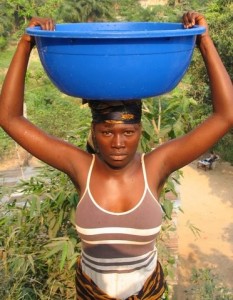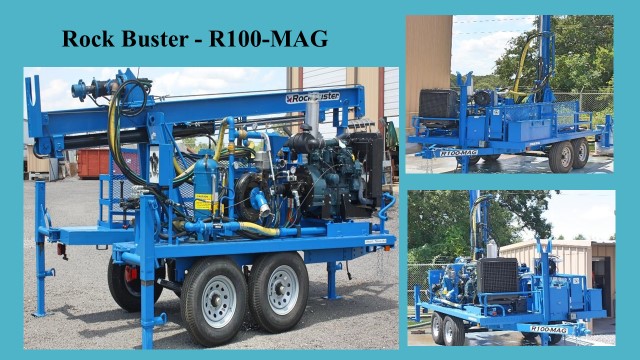Background
See Kajiji Overview and Seven Pillars pages.
Goal
The main goal of this program is to make safe and clean water accessible to the majority of the population of Kajiji Health Zone by drilling water wells for health centers, primary and secondary schools, the hospital and providing electricity for Kajiji and the city of Kulindji.
 Why is it important?
Why is it important?
- Water is one of the priority pillars of Mama Makeka House of Hope for its vision for community development.
- According to World Health Organization: 1 in 4 deaths under the age of 5 worldwide is due to water related diseases; Nearly 80% of illnesses in developing countries are linked to poor water and sanitation; 1 in 6 people in the world do not have access to safe drinking water; Water can be many miles away from villages, requiring women and children to spend all their energy hauling water.
Who will benefit?
Priority will be given to:
- Initially water for 6 health centers serving a total population of 38,228 of Kajiji, Kulindji, Tshangata, Shakalongo, Mutetami, and Kambangu then other health centers with accessible roads;
- Kajiji primary and secondary schools with a total population of 936 students without access to safe drinking water followed by other schools within the service areas of the health centers indicated above;
- Kajiji hospital with 150 beds and Kajiji nursing school;
- In a long run, as funding is available, providing clean and safe water will be extended to two neighboring health zones, Kahemba and Panzi following the same strategies as developed for Kajiji Health Zone.
What is the key to success to this program?
- The wells projects for schools and health centers will be incorporated within the Kajiji Health Zone regular activities like vaccination, maternal and child health, family planning, etc.
- Community involvement – To be done through community team managing the water pillar. Labor for the setting up the wells will be the responsibility of the community, training will be conducted on how to use and fix the pump and how and where to go for spare parts.
- A dedicated technician will be assigned the responsibility to drill the wells, maintain the equipment, and conduct training at the community level, not to mention to provide service visits and consultations.
Initial Investment
|
Underground Water Mapping Equipment |
3,000 |
|
Trailer Mounted Rock Buster Water Drilling Rig |
52,000 |
|
Pickup Vehicle for Pulling Drilling Rig (4X4) |
45,000 |
|
Solar Power Water Pumps (5 kits) |
17,000 |
|
Hand Pumps (20 units) |
7,000 |
|
Pipes and Supplies |
7,500 |
|
Shipment to Matadi (40 feet container) |
12,000 |
|
Ground Transportation & Taxes |
9,500 |
|
Misc. Expenses (Start Up) |
5,000 |
|
Total |
158,000 |
|
Investment per person |
$1.05 |

